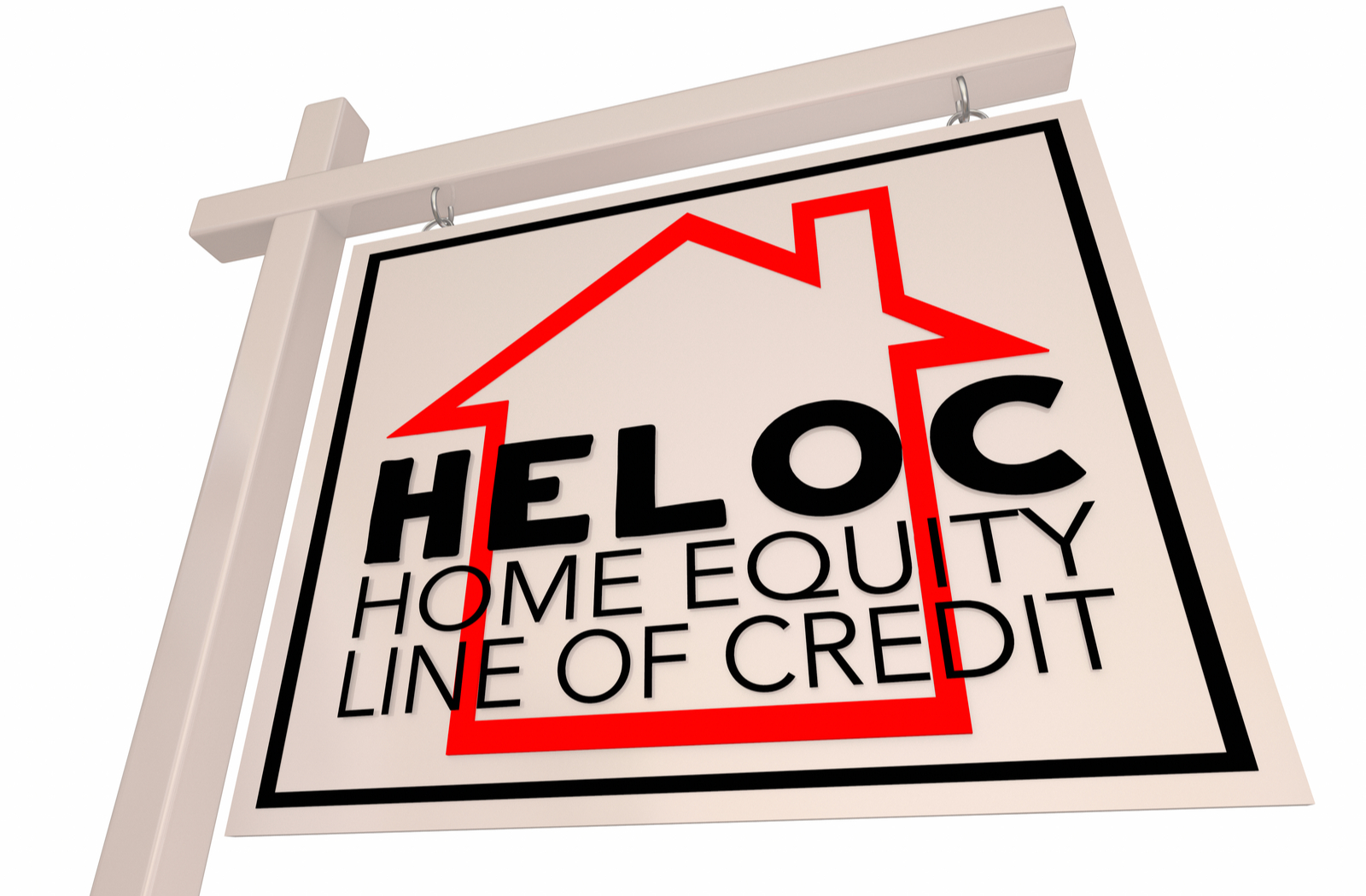Once you own a home, you begin to build equity through mortgage payments. Over time, that equity grows and can allow you to utilize it to secure low-interest funds in the form of a one-time loan (“second mortgage”) or a home equity line of credit (HELOC).
HELOCs can be a great source of financial value if you know how to use them correctly. As with any dynamic credit source, there are risks and rewards to keep in mind. It is always wise to contact your local financial professional to ensure you have all the information you need to be successful.
What is a HELOC?
HELOC stands for “home equity line of credit” and acts similarly to a credit card but with much lower rates of interest. They act as a revolving source of funds, allowing you to access and use them whenever you see fit.
Like a credit card, HELOCs allow you to have full access to the number of funds you borrow until you decide to close the account. For example, once you deposit money into the account to pay back a portion of the debt, you have access to withdraw it again.
HELOCs are flexible and allow you to utilize it as an emergency source of funds or a way to continue to build equity. However, as with any credit product, you will need to be a responsible borrower, because if you default on payments your home may be collateral.
Phases of HELOCs
HELOCs feature a draw period at the beginning of the loan, typically around 10 years, where borrowers pay small interest-only payments. During this time you may pay more than required to go against the principle, but it is not necessary to do so.
After the draw period, you are no longer able to access additional funds and must begin to pay regular principle-plus-interest payments at a variable rate. This may make the payment increase significantly, in some cases almost double.
Always consult your mortgage broker to ensure you are fully informed of the risks associated with HELOCs and your situation.

HELOCs as an Investment Tool
Now, when you open a HELOC, there is an opportunity to use this credit to help fund dividend-paying investments. This is called leveraging.
In the simplest of terms, leveraging means borrowing money and using it to make investments, with the expectation that the investment can yield greater profit than the interest of the loan. In this case, HELOCs are the loans you are leveraging.
What can this mean for your money? Well, let’s dive into what the risks and rewards would look like if you leverage a HELOC.
Rewards
The rewards of leveraging a HELOC hinges on how lucrative your investment is. For example, if you take a $10,000 HELOC at 10% interest annually, you’ll be paying $1,000 in interest for that year. The $1,000 in interest payments is also known as simple interest.
When you take the HELOC and put the whole amount in an investment, you would like it to reflect your loan. This would look like $10,000 investment earning 10% annually. So, after a year, you will have $11,000 in investment, still at the 10% annual earning rate. This means that during the second year of investing, you’ll be earning $1,100 rather than $1,000. This is known as compound interest.
Risks
As mentioned already, leveraging your HELOC is only as successful as the investments that you plan to make. If your investment loses money over time, you will still need to pay your lender back that lost money you have borrowed.
Always be cognisant of you are able to invest versus what you can afford to lose. Never put yourself in a situation that will end up costing you more money and put you in more debt.
If you’re curious about investment strategies, mortgages, or general personal finance, the expert brokers at The Mortgage Connection can help get you on the right path to taking control of your money.





One thought on “How You Can Leverage Your HELOC as an Investment Tool”
Comments are closed.